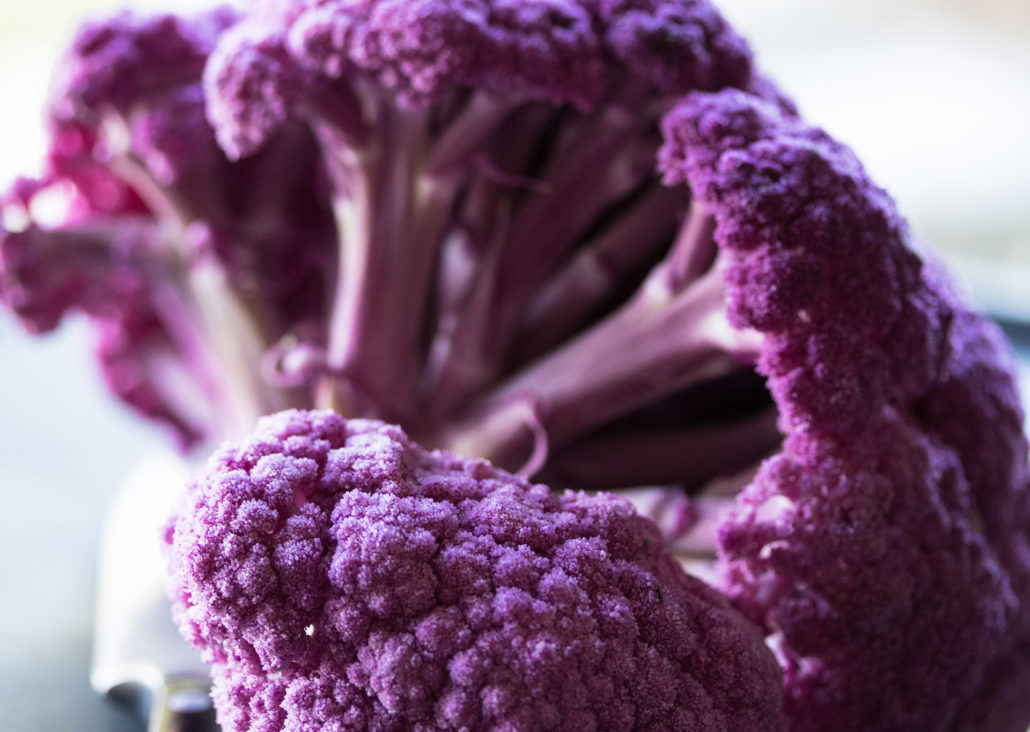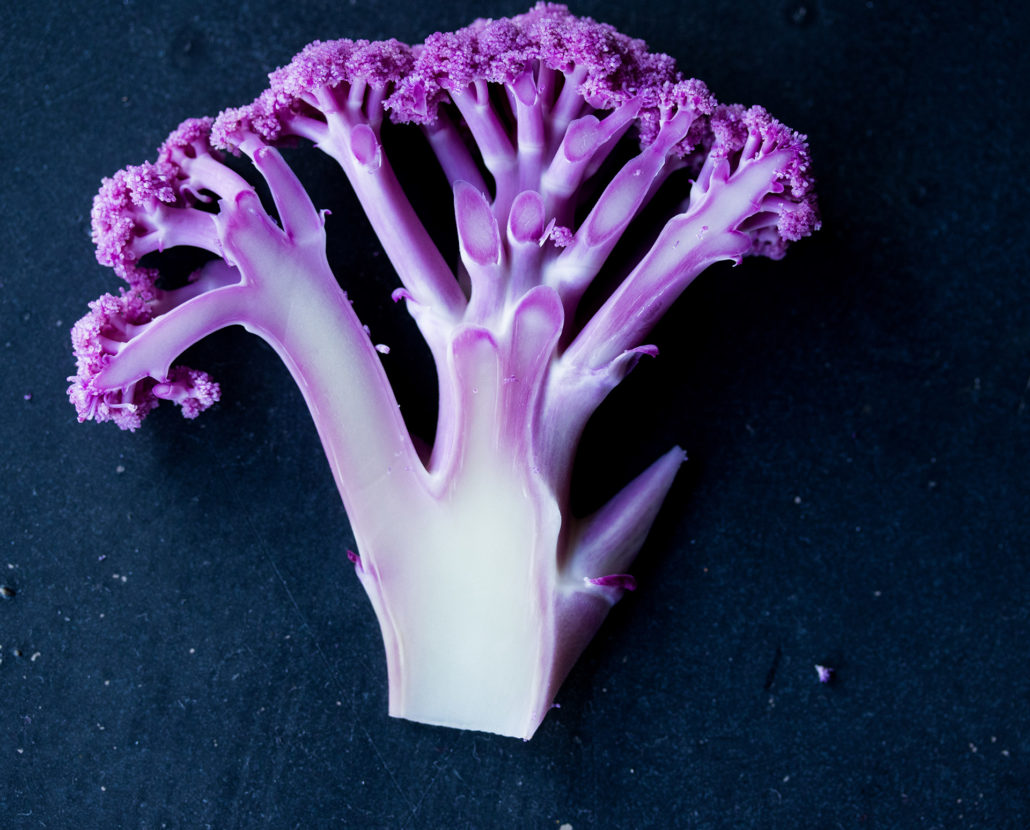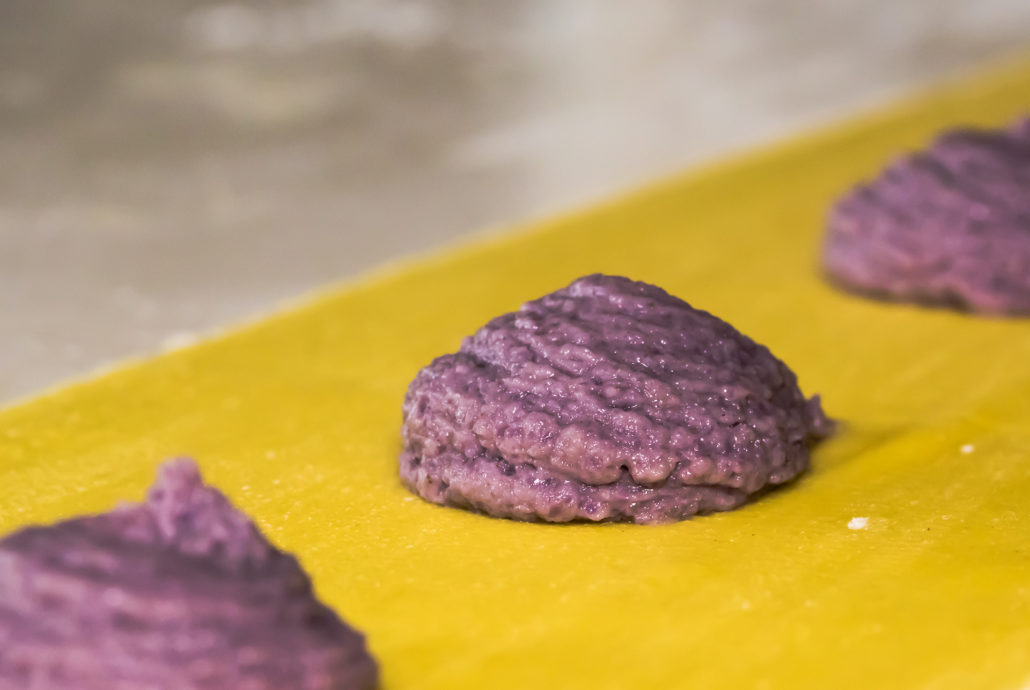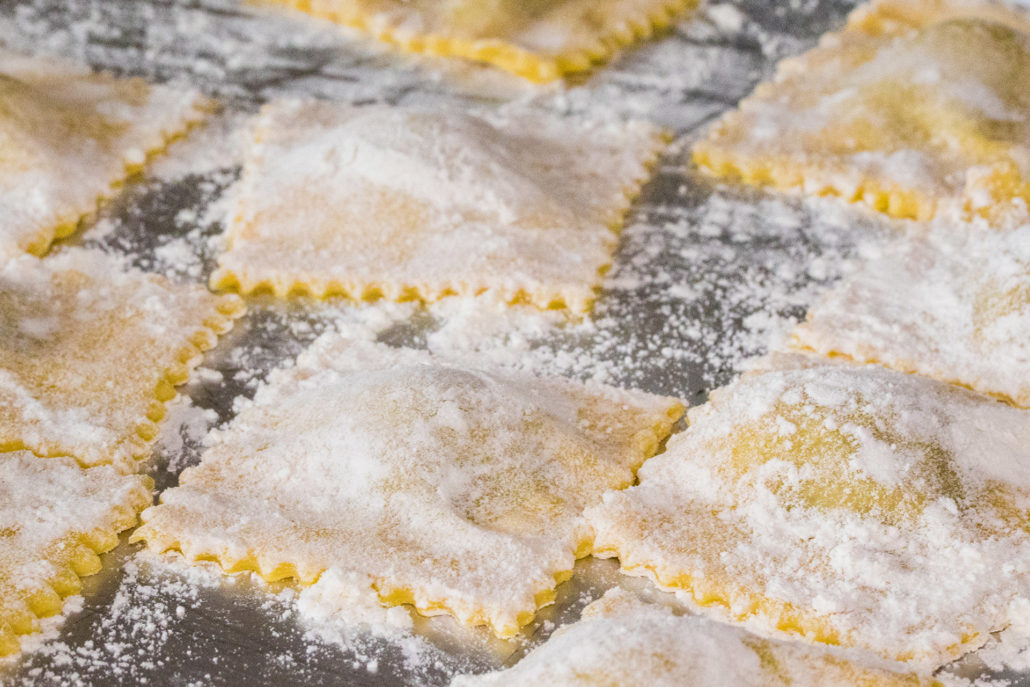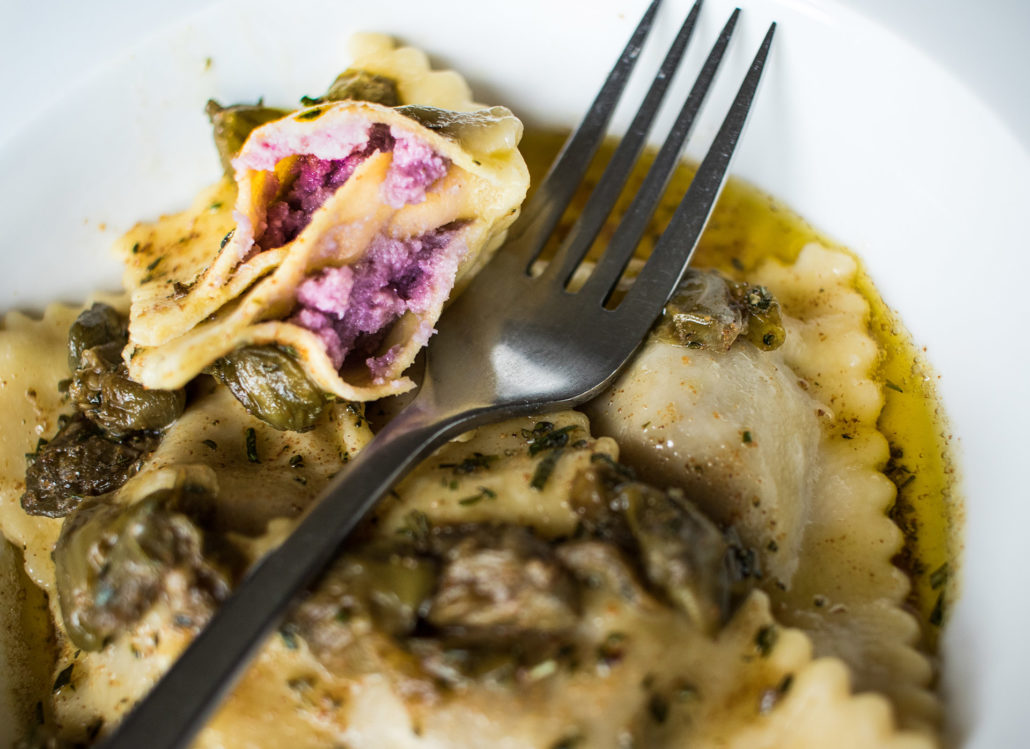I think the way forward with respect to cooking is a throwback to how the traditional French restaurant would prepare its menu. The chef would rise early, go to the local market and procure whatever produce was available, and then toddle off to the restaurant kitchen before deciding what the patrons of the day would have a choice of eating. It was a great way to cook, the chef relying on his/her experiences and knowledge of key techniques and ingredients to produce beautiful coherent dishes on the fly. I firmly believe that home cooks can achieve this by learning some basic preparation and cooking methods and drawing on their own experiences of cooking and, in particular, of eating food. If you think about it there are so many experiences to draw on, such as dining out at restaurants, eating at food trucks, travelling, watching a plethora of cooking shows, or just by eating at home or at a friend’s dinner party. And of course there are a seemingly infinite number of recipe books which on the whole should be used for reference and inspiration, but not treated as an absolute.
It is a fulfilling experience to find a beautiful ingredient whilst out shopping and have the confidence to know that when you get home you’ll be able to create something great with it. This also is true when scouring the fridge at home; to be able to pluck something from within and cook a great meal from it is as satisfying as the food itself.
Local ingredients are a bit of a cliché at the moment with many restaurants using as them as a selling point. However, using fresh local ingredients should be more of a given than a unique point of sale; it should be the first port of call when creating a meal. I am still in favour of using complementary ingredients that are not local, if necessary, but the main food should be local. As an example of using a local ingredient and creating on the fly I had a fabulous purple cauliflower that had been grown a couple of hours drive away in the Victorian countryside. Having been picked that morning and sold at the local farmers’ market in Melbourne, it ended up in my kitchen not long after.
I set the challenge of creating a dish using the cauliflower as the star ingredient; though I had never actually previously tasted this variety of cauliflower. The caveat was that I could not use or read any other recipes for the creation of the dish.
So, what did the purple cauliflower taste like? That was my first task, to ascertain a flavour profile of the cauliflower by firstly eating it raw. I broke off a floret and chewed on it. Wow, it had a subtle sulphurous and peppery taste very much like red cabbage with not quite the intensity. Next, I poached a floret of the cauliflower in simmering water for 4 minutes and immediately noted the deterioration of colour from deep purple to an off-white. The floret also emanated more of an odour than the raw form, which had very little odour. On eating I noticed how the pepperiness had diminished and the general flavour was toned down, almost adopting a very subtle perfumed note to it. The main character of the raw cauliflower had gone so poaching it was not the way to go.
Finally, I cut a cross section of a floret and pan fried it in grapeseed oil (flavourless oil) to see what the effect of browning (Maillard reaction) the cauliflower would have. There was certainly more flavour to the cauliflower but the cauliflower profile had changed from that of its raw state to a fuller caramelised flavour and had very little of that original peppery, sulphurous character I mentioned before. So, after these short tests the next question was how do I keep that original peppery cauliflower taste and still be able to cook it? Gyoza came to mind.
Gyoza are cooked using a technique of flash frying to add a little colour and then steaming to cook. If you’ve ever steamed vegetables you will know that this process of cooking retains the vegetables’ flavour as opposed to poaching in boiling water which almost destroys the flavour. So a combination of frying and steaming is an excellent way to add flavour whilst also maintaining the vegetables’ original flavour.
So it was decided, that is how I would cook the cauliflower – gyoza style, and with a clove of garlic to add a little more character. But if I had stopped there it wouldn’t have been much of a creative dish so the next thing I did was to think of complementary flavours. Having similar characteristics to white cauliflower I knew that certain flavours would complement the red cauliflower; Reggiano, the terrific hard cheese from Italy is a standout complementary ingredient. With this association in mind I had the idea of creating ravioli and would therefore need a filling. So I set about creating a puree, one that balanced the intensity (acidity and umami) of the cheese and the complexity of the cauliflower. I was really pleased with the result – I had kept the integrity of the cauliflower’s flavour and with some butter, a touch of nutmeg and seasoning, it was a goer.
Next was the pasta, which was simply a ratio of 1 large egg to 100g of 00 flour (fine Italian flour) and a touch of olive oil and salt. Once a dough was formed I let it rest for half an hour and then got to work making the ravioli. The pasta dough was rolled and then the cauliflower puree was piped on to a thin sheet of pasta and then covered with a second sheet of pasta. Finally, the ravioli were formed and then cut out.
The only other part of the dish to think about was the sauce for the ravioli. Again, I knew that certain ingredients complemented cauliflower and Reggiano and therefore decided on a burnt butter (which is essentially a nutty brown) with capers and finely chopped parsley. And hey presto, I had in front of me a purple cauliflower and Reggiano ravioli with a burnt butter, caper and parsley sauce. And it weren’t half bad I tell you. Buon appetito!
In the final dish it is worth noting that the cauliflower, eggs, capers, parsley, butter and olive oil were local ingredients.
The nutmeg, salt, pepper, and Reggiano, for which there is truly no substitute, were sourced overseas.
I want to develop this recipe further so for now I have omitted it from this story – but there’s enough detail in there for you to have a go at your own version (a recipe for fettuccini is here, so you can have a go at making the pasta – just omit the squid ink).



